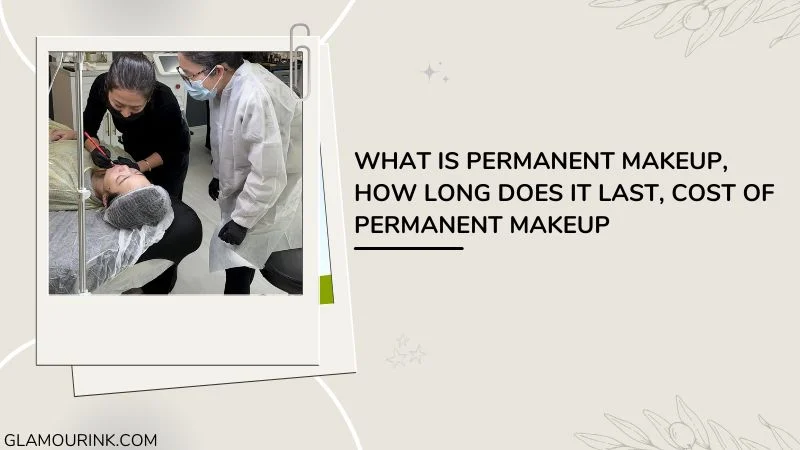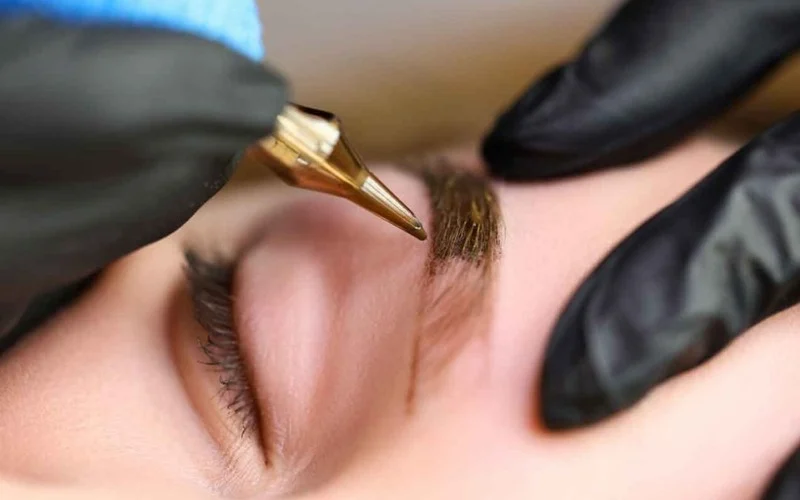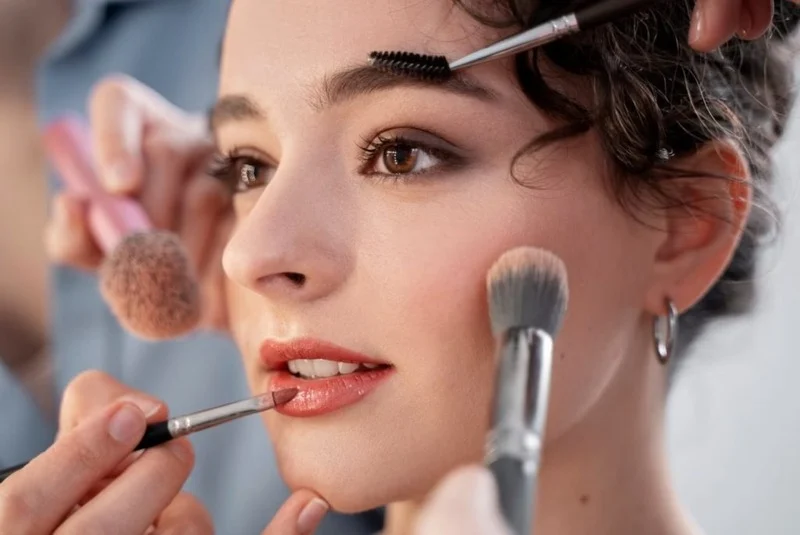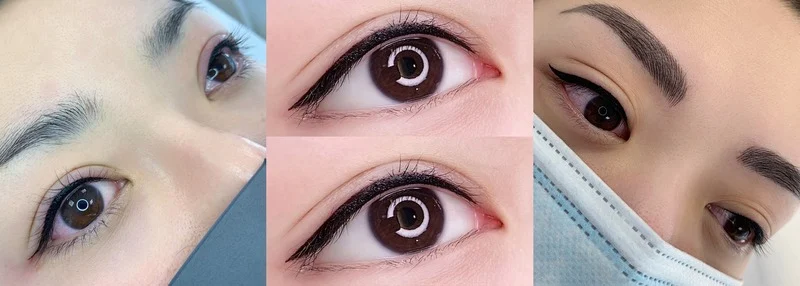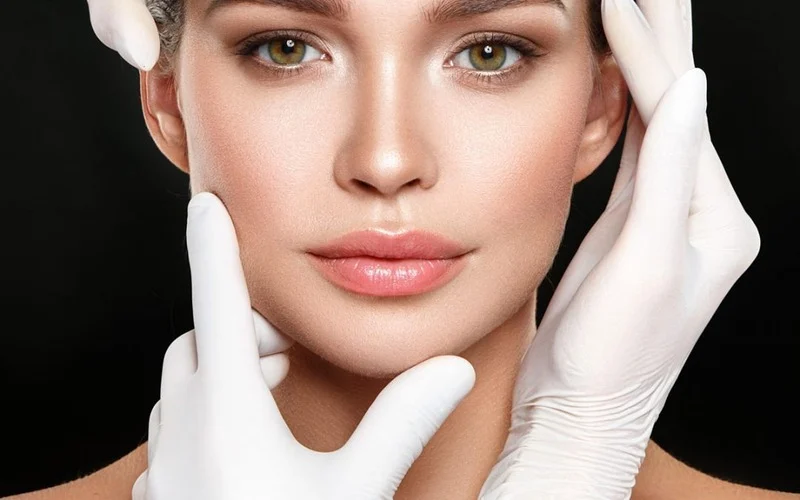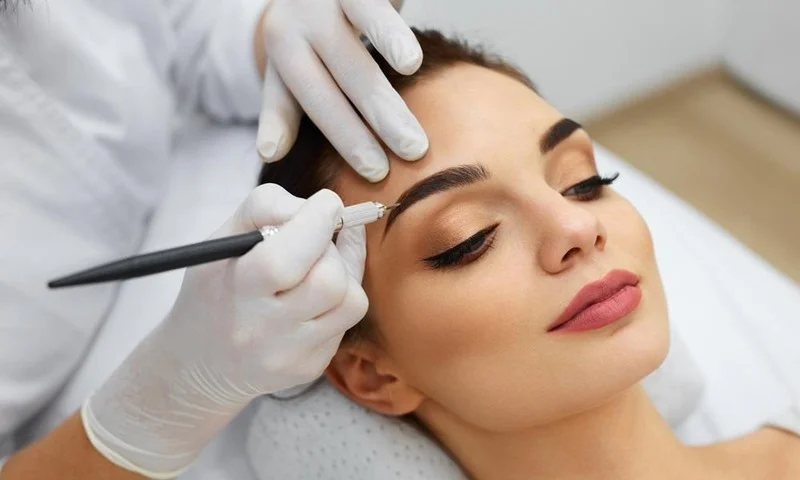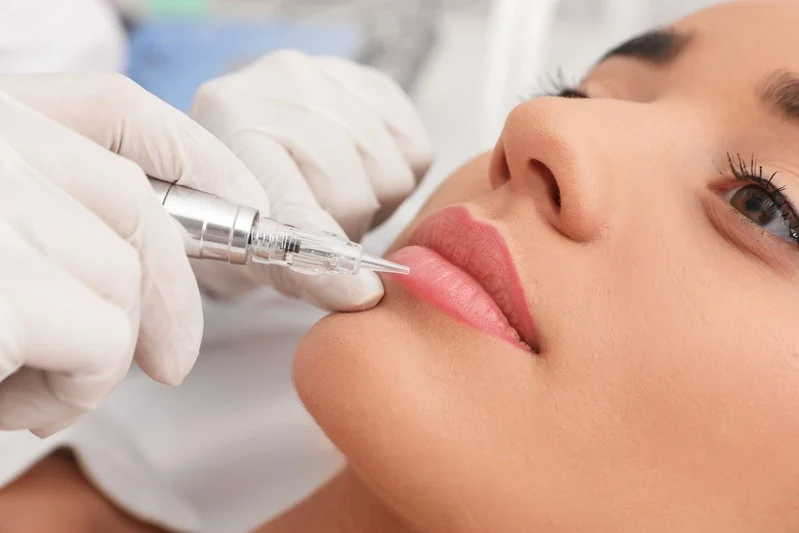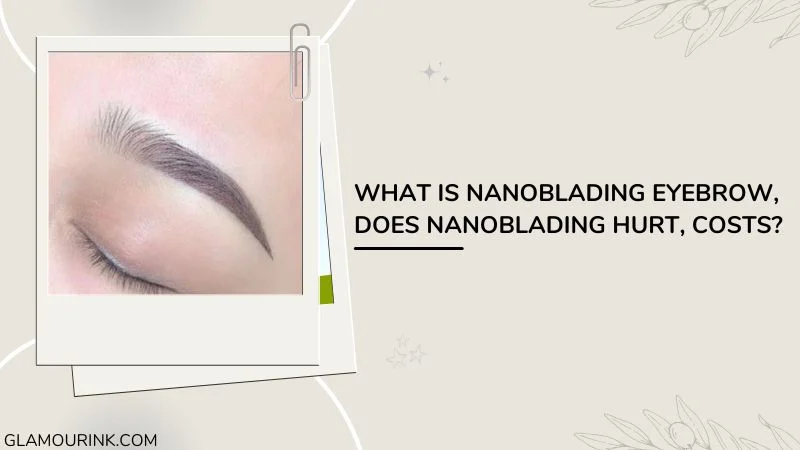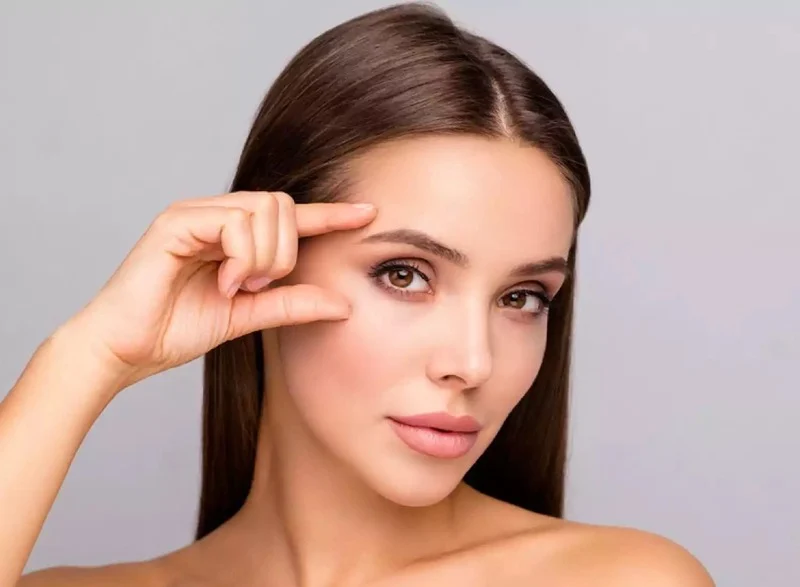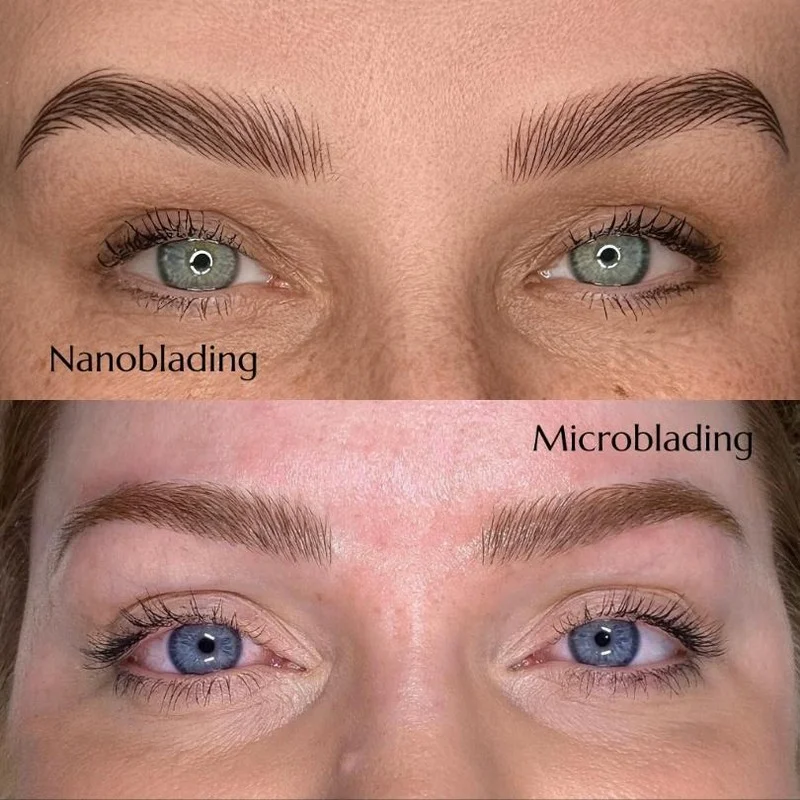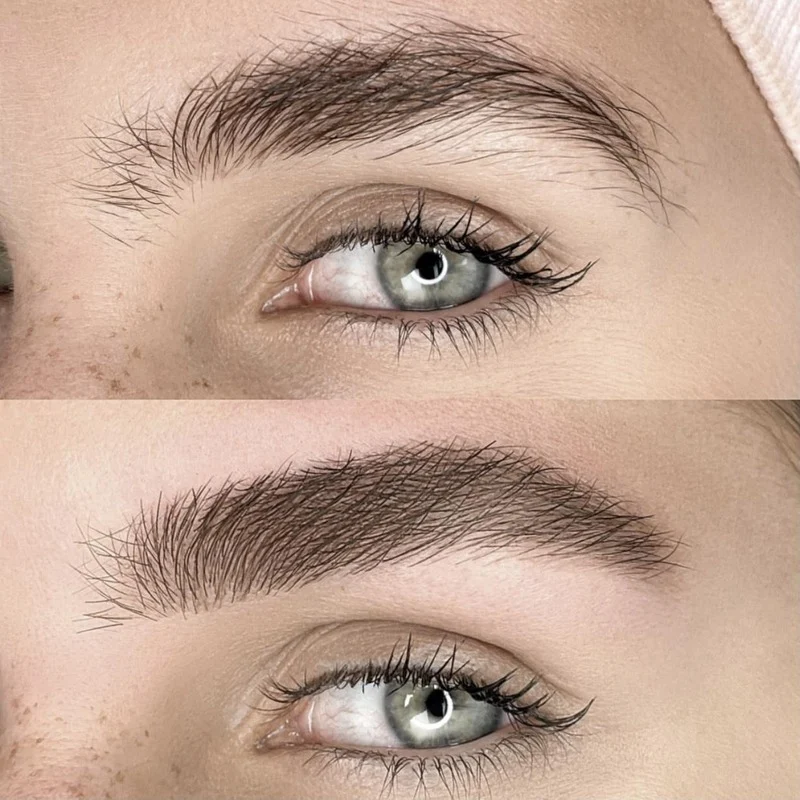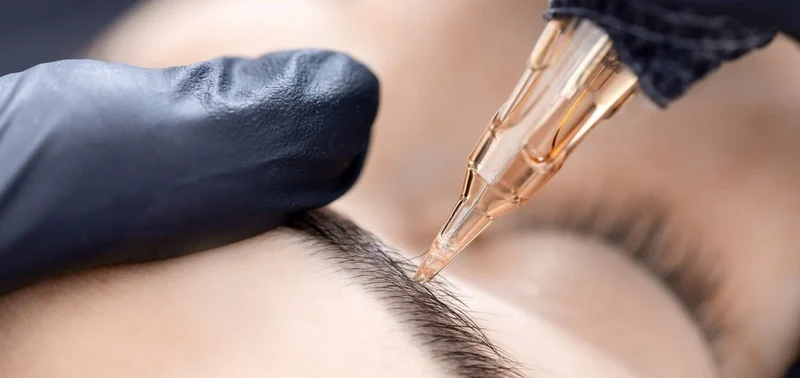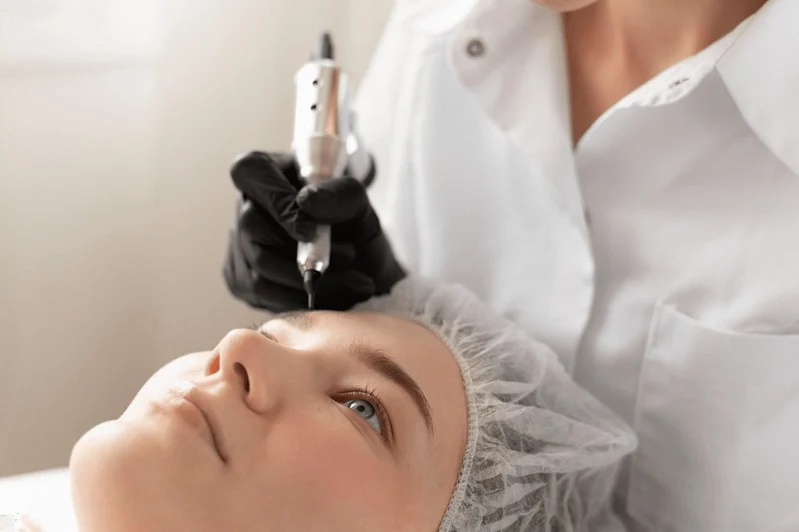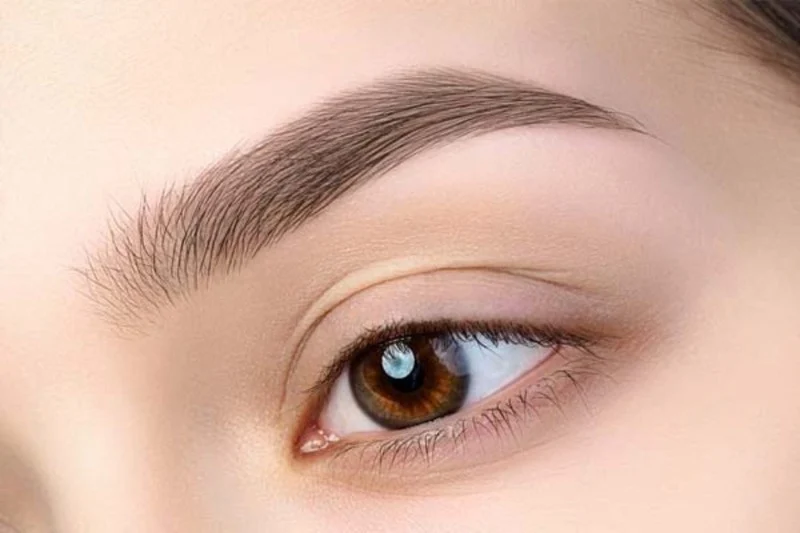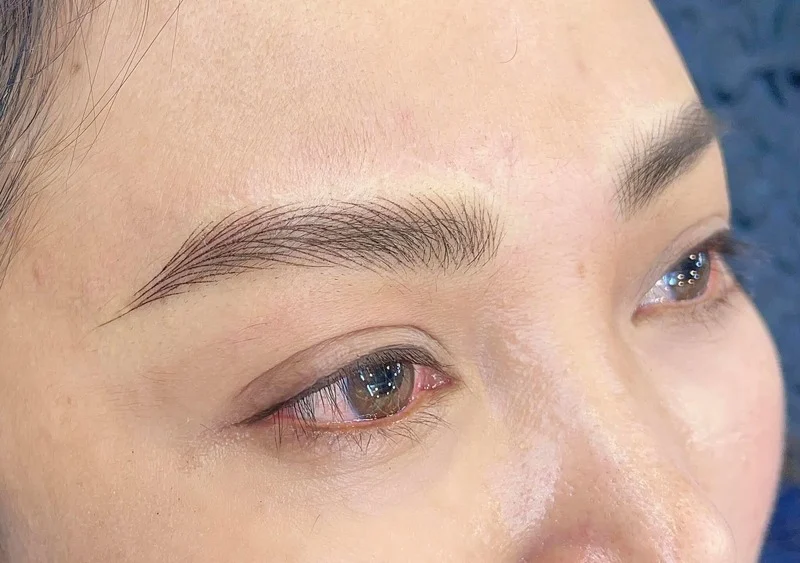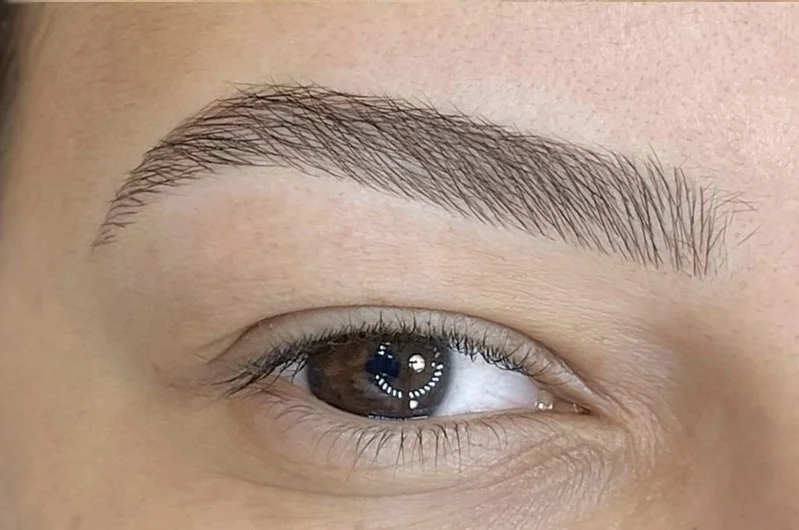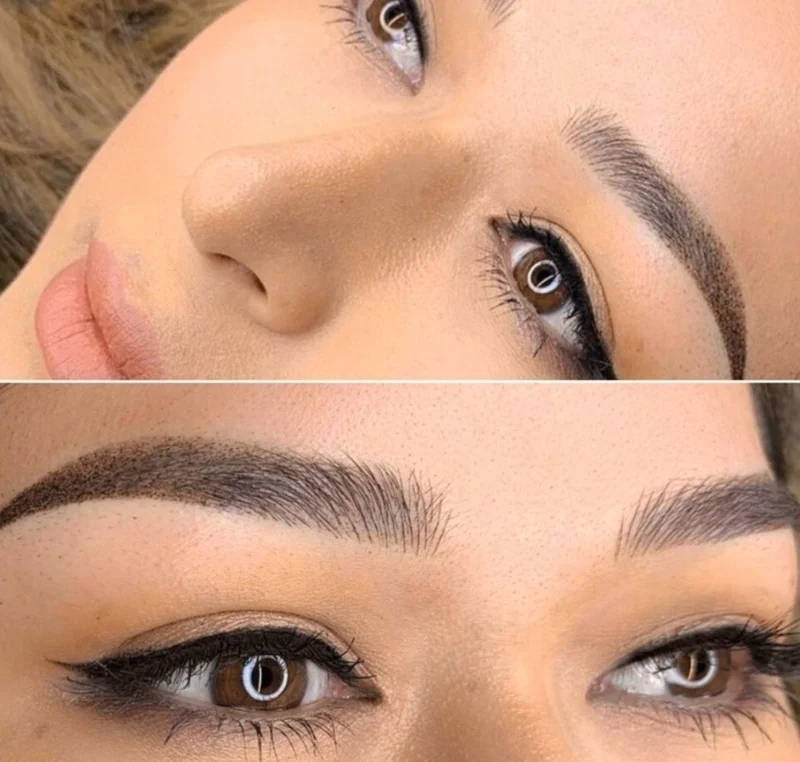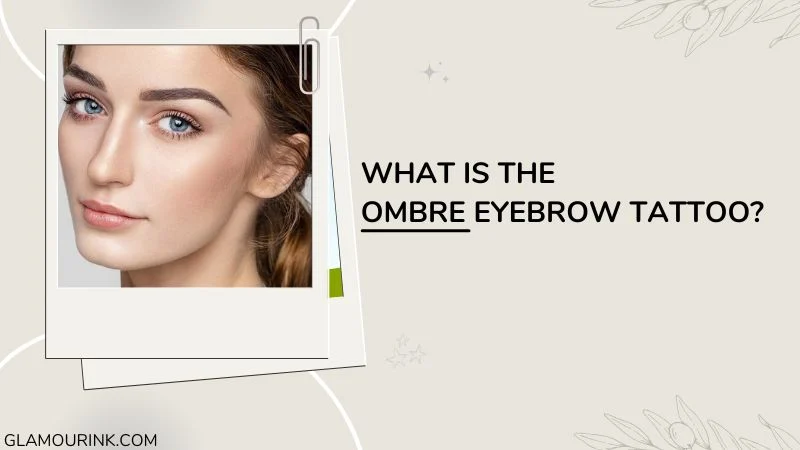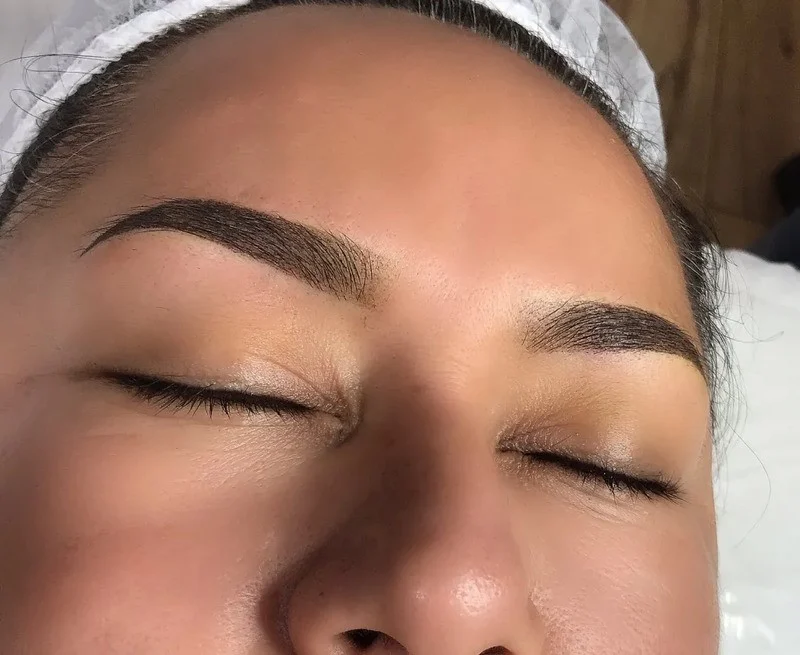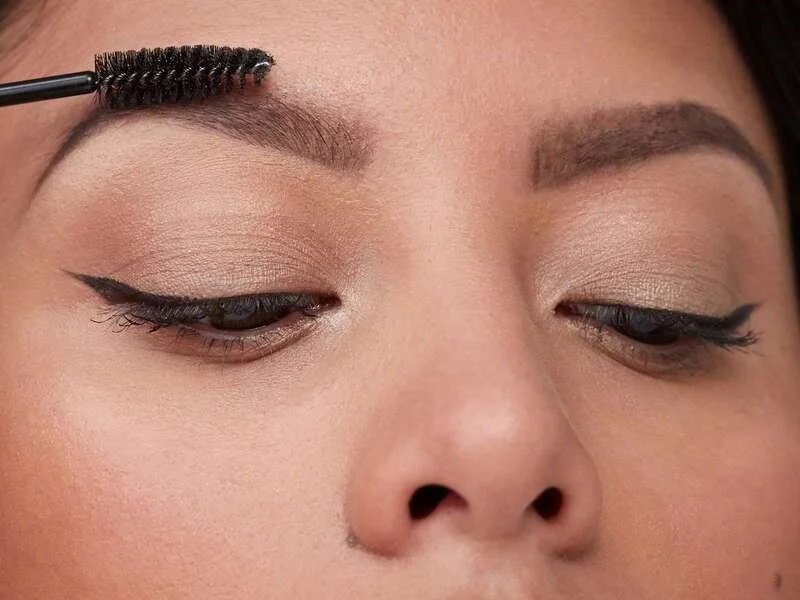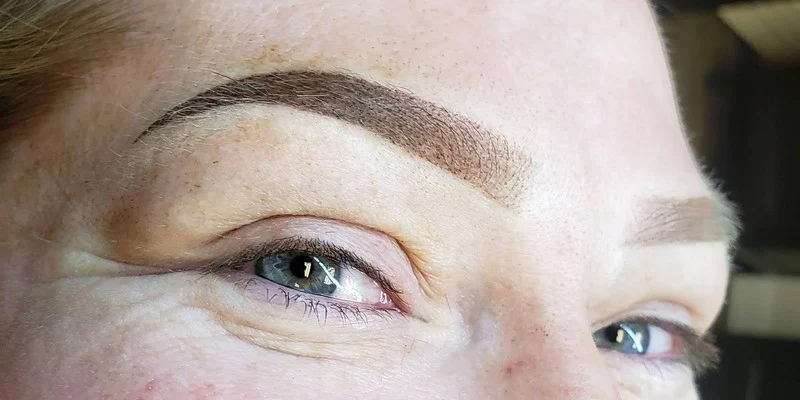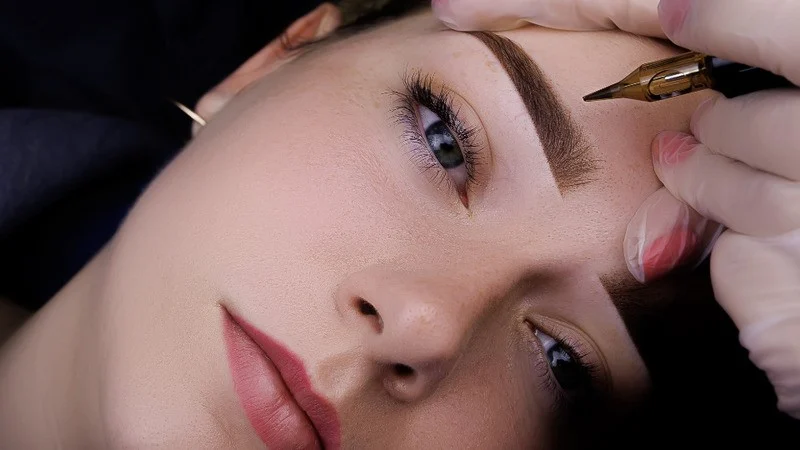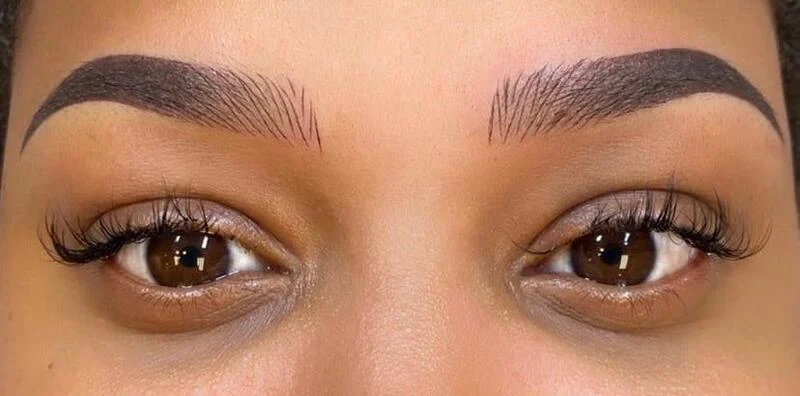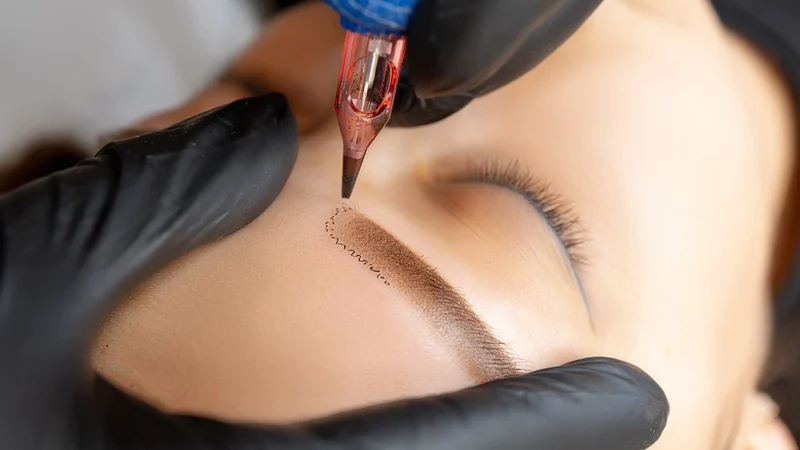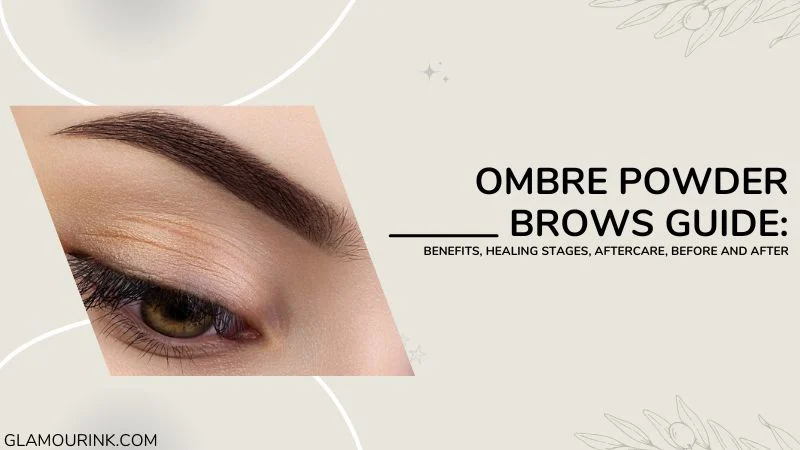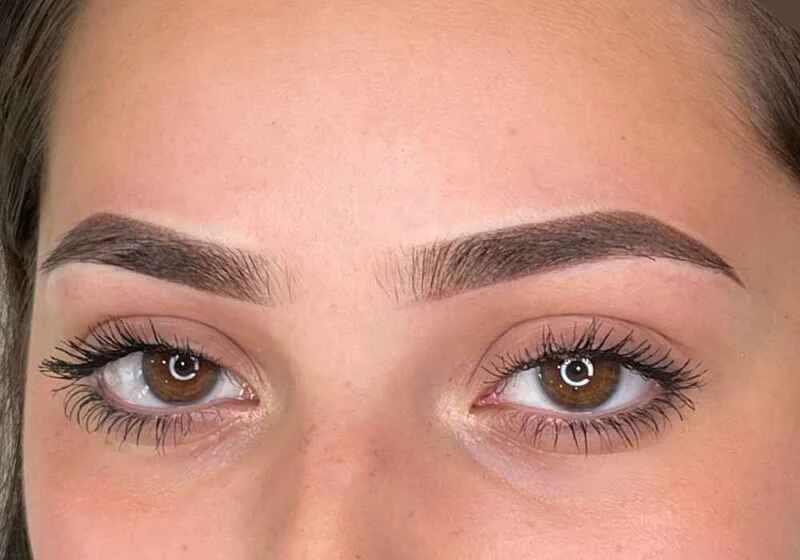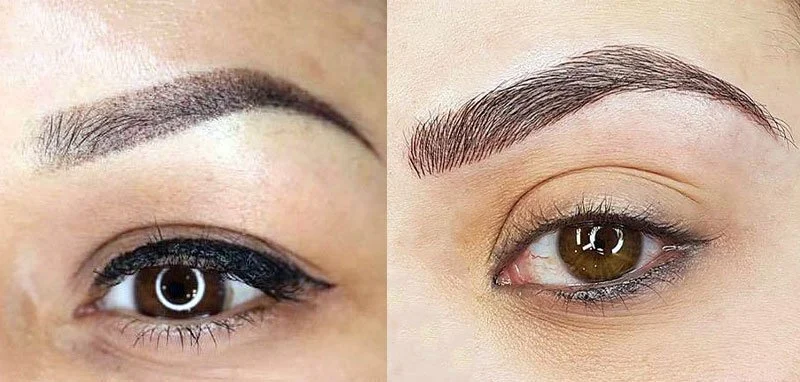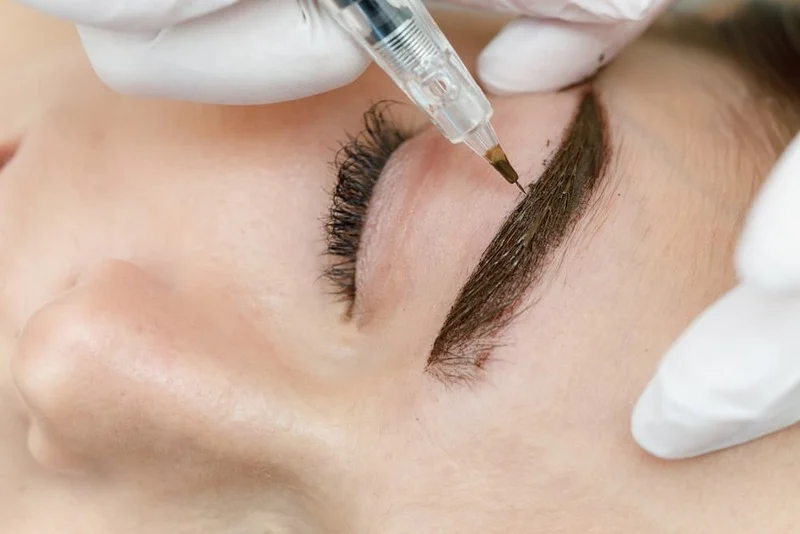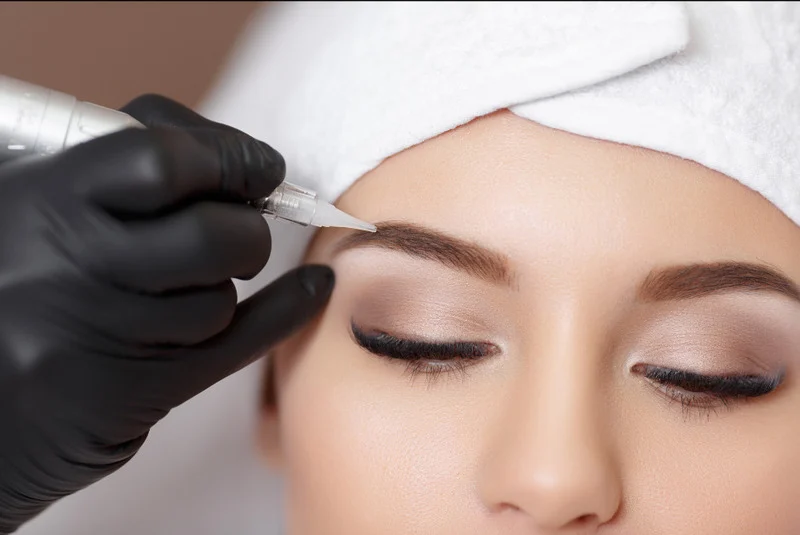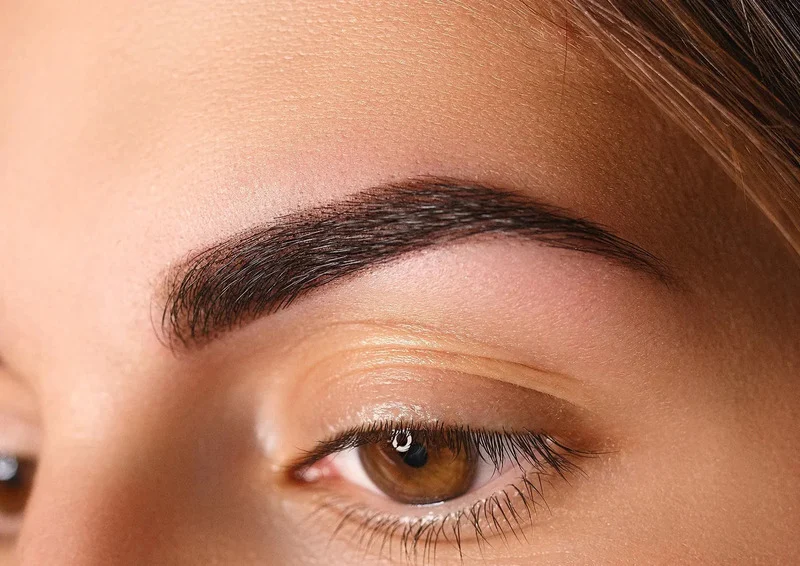What is permanent makeup? Permanent makeup, or cosmetic tattooing, is a revolutionary procedure that has changed the way many individuals approach their daily beauty routines. By implanting pigments into the dermis layer of the skin, it provides long-lasting color and definition to various facial features. Unlike traditional makeup, which requires constant reapplication throughout the day, permanent makeup offers a polished look that can last for years. This innovative option is becoming increasingly popular among individuals seeking an effortless beauty routine, saving time while enhancing their natural features.
What is Permanent Makeup?
Permanent makeup provides a unique solution for those wishing to enhance their appearance without the hassle of daily makeup application. As a form of cosmetic tattooing, it implants pigments beneath the skin’s surface, creating a defined and lasting effect. In contrast to regular makeup, which is temporary and must be reapplied regularly, permanent makeup allows individuals to enjoy a consistently beautiful look without the need for touch-ups throughout their busy days.
The appeal of permanent makeup lies in its ability to provide convenience while boosting self-esteem and confidence. With a wide range of techniques and applications available, it caters to diverse needs and preferences, making it an attractive choice for many.
The procedure of permanent makeup involves a carefully controlled method of depositing pigment into the skin using specialized tools and techniques. While similar to traditional tattooing, permanent makeup requires a different approach in terms of artistry, precision, and pigment formulation. Technicians perform the procedure with meticulous attention to detail, ensuring that the results align with the client’s individual aesthetic goals.
The Procedure Explained
During the initial consultation, the technician works closely with the client to understand their desired outcome. A combination of discussions about color preferences and shape design leads to the creation of a personalized plan. Following this planning phase, the technician uses a small handheld device equipped with a fine needle to implant the chosen pigment into the dermis layer of the skin.
This process typically involves minimal discomfort, as topical anesthetics are applied beforehand to numb the area being treated. Once the procedure is complete, clients receive detailed aftercare instructions to ensure optimal healing and longevity of the results. Depending on the technique used and the area treated, the entire process may take anywhere from a couple of hours to a full day.
Techniques Used in Permanent Makeup
A variety of techniques are employed in permanent makeup, each tailored to achieve specific effects based on the client’s preferences. Some of the most popular methods include:
- Microblading: This manual technique utilizes a fine blade to create delicate, hair-like strokes that mimic natural eyebrow hairs. Ideal for individuals looking to fill in sparse brows or define their shape, microblading delivers a soft, natural look.
- Shading: Shading involves using a machine with a single needle to achieve a powdery or filled-in effect for eyebrows, eyeliner, or lips. This technique offers a fuller appearance while maintaining a subtle finish.
- Ombre Brows: A gradient effect is created in ombre brows, with a soft shade at the front and a darker shade towards the tail. This method enhances the brow’s dimension, providing a beautifully defined appearance.
- Classic Eyeliner: This technique creates a thin line along the lash line, subtly enhancing the eyes.
Pigments Used in Permanent Makeup
The pigments utilized in permanent makeup are specially formulated for safety and cosmetic purposes. They are composed of high-quality ingredients, such as iron oxides and titanium dioxide, which are designed to blend seamlessly with the individual’s skin tone. The choice of pigment is crucial, as it must align with the client’s desired aesthetic and complement their natural coloring.
During the consultation, the technician discusses various pigment options and helps clients select shades that best suit their complexion and personal style. The focus remains on achieving a naturally beautiful appearance that enhances the client’s features rather than overwhelming them.
Benefits of Permanent Makeup
Permanent makeup is gaining popularity for numerous reasons, appealing to individuals seeking a more convenient beauty routine that doesn’t compromise on aesthetics.
Time-Saving
One of the most significant advantages of permanent makeup is the time savings it offers. For those with busy lifestyles, the prospect of waking up every morning with perfect eyebrows, eyeliner, or lip color is incredibly enticing. No longer will clients need to spend precious minutes applying makeup, allowing them to focus on more important aspects of their day.
Convenience
Permanent makeup provides a consistent look that remains intact regardless of weather conditions, activities, or time constraints. Rain or shine, clients can enjoy a ready-to-go appearance without worrying about smudging, fading, or the need for frequent touch-ups.
Improved Appearance
Another key benefit is the enhancement of facial features, resulting in a balanced and refined look. Permanent makeup can create fuller eyebrows, sharpen the eye’s shape, and improve lip definition—all contributing to increased self-confidence. Many clients feel that this boost in their appearance positively impacts their overall well-being and self-image.
Helpful for Allergies and Sensitive Skin
Individuals with allergies or sensitive skin often find traditional makeup products irritating. Permanent makeup eliminates the need for these products, providing an ideal solution for those who struggle with skin reactions or sensitivities.
Support for Vision & Dexterity Issues
For people with vision impairments or dexterity challenges, applying traditional makeup can be difficult, if not impossible. Permanent makeup offers a long-lasting alternative that enables clients to maintain a polished appearance effortlessly.
Types of Permanent Makeup
The world of permanent makeup encompasses various applications tailored to enhance specific facial features. Clients can choose from multiple techniques, depending on their preferences and aesthetic goals.
Eyebrows
Perfectly shaped eyebrows can dramatically impact one’s overall look. Permanent makeup has several techniques for enhancing eyebrows, including:
- Microblading: Known for its realistic results, microblading uses a handheld tool to implant pigment in fine strokes that resemble natural hair. This technique is suitable for clients with sparse or uneven brows, resulting in a fuller, more defined aesthetic.
- Shading: Eyebrow shading provides a bolder, more filled-in effect compared to microblading. This technique suits individuals desiring a more dramatic enhancement while still achieving a natural finish.
- Ombre Brows: Ombre brows offer a modern twist, featuring lighter shades at the front and deeper tones toward the tail for a softer appearance. This technique creates a multidimensional look that enhances the brow shape beautifully.
Eyeliner
Permanent eyeliner options allow clients to define their eyes with precision and elegance. Techniques include:
- Classic Eyeliner: A timeless choice, classic eyeliner enhances the lash line with a thin, subtle line.
- Winged Eyeliner: This variation adds a flick or wing at the outer corner of the eye, delivering a more dramatic flare that elongates the appearance of the eyes.
- Tightlining: For a subtle enhancement, tightlining applies pigment along the waterline, creating the illusion of fuller lashes without obvious eyeliner.
Lips
Enhancing the lips through permanent makeup can yield stunning results. Various techniques cater to different desires:
- Full Lip Color: This technique provides an even, vibrant lip color that camouflages imperfections and can make lips appear fuller.
- Lip Liner: Enhancing the lip line, lip liner defines the lips’ shape and corrects asymmetries, ensuring a polished look.
- Lip Blush: A softer alternative, lip blush imparts a gentle tint to the lips, providing a “my lips but better” effect that enhances their natural beauty.
Who is a Good Candidate for Permanent Makeup?
While permanent makeup can benefit many individuals, certain groups may experience enhanced advantages from the procedure.
Busy Individuals & Active Lifestyles
People with demanding schedules or active lifestyles appreciate the convenience of permanent makeup. By eliminating the daily burden of applying makeup, they can focus on what truly matters—work, family, and hobbies—while enjoying a polished appearance.
People with Allergies or Sensitive Skin
Those who suffer from allergies or sensitivity to conventional makeup can greatly benefit from permanent makeup. This approach minimizes the potential for skin irritations associated with product use while offering a reliable alternative for a beautiful appearance.
Vision or Dexterity Problems
Individuals facing challenges related to vision impairments or dexterity issues may find traditional makeup application frustrating or impossible. Permanent makeup provides a solution, enabling them to maintain a consistently attractive look without the effort or stress required by standard makeup application.
Risks and Side Effects of Permanent Makeup
While permanent makeup can transform one’s appearance, it is essential to consider potential risks and side effects associated with the procedure.
Infection
As with any procedure involving skin penetration, there is always a risk of infection. To minimize this risk, it is crucial to choose a qualified technician who adheres to strict hygiene protocols. Proper aftercare is also vital in preventing infection post-procedure.
Allergic Reactions
Some individuals may experience allergic reactions to the pigments used in permanent makeup. A patch test before the procedure can help identify any sensitivities and ensure the chosen pigments are safe for the individual.
Scarring
Although rare, scarring can occur if the procedure is not performed correctly. Choosing a skilled technician with experience in permanent makeup significantly reduces the likelihood of complications.
Cost of Permanent Makeup
The cost of permanent makeup varies widely depending on several factors, including the specific procedure, the technician’s expertise, and geographic location. Generally, prices may range from a few hundred to over a thousand dollars for more complex procedures.
Factors Influencing Cost
Factors affecting the price include the specific technique used, the time involved in the process, the technician’s experience, and the location of the salon or clinic. It’s essential to weigh the investment against the long-term benefits offered by permanent makeup.
Investing in Quality
When considering the cost of permanent makeup, it’s essential to recognize that this is an investment in both time and appearance. Opting for a reputable professional may initially seem more expensive, but it pays off in terms of safety, quality, and overall satisfaction with the results.
Choosing a Qualified Technician
Choosing a qualified technician is paramount to achieving the desired results and ensuring a safe experience. Here are some tips to keep in mind:
Check Credentials and Experience
Before committing to a technician, verify their credentials, training, and experience in the field of permanent makeup. Look for professionals who have completed recognized training programs and possess a valid license.
Review Portfolio
Ask to see before-and-after pictures of previous clients’ work. A well-maintained portfolio offers insights into the technician’s style, skill level, and the types of results you can expect.
Read Online Reviews
Reading online reviews can provide valuable information about a technician’s reputation. Look for testimonials from previous clients to gauge their experiences and satisfaction levels.
If you are wondering which place to choose with reputation, quality, and good warranty on permanent makeup, Glamor Ink is the ideal destination for you. With a team of highly skilled technicians, we have received many positive reviews from many customers when coming to experience the service. So you can rest assured when sending your beautiful face to Glamor Ink!
Aftercare for Permanent Makeup
Proper aftercare is crucial for ensuring the longevity and appearance of permanent makeup. Following guidelines can significantly enhance the overall results.
Keeping the Area Clean
After the procedure, it’s essential to keep the treated area clean to minimize the risk of infection. Gently cleanse with a mild soap and water, avoiding any harsh products that could cause irritation.
Avoiding Sun Exposure
Sun exposure can fade the pigments used in permanent makeup. Use sunscreen on the treated areas when exposed to sunlight, and wear a wide-brimmed hat to protect your face further.
Follow Professional Guidelines
Always adhere to the aftercare instructions provided by your technician. They will give specific guidance tailored to your particular procedure, ensuring optimal healing and results.
Conclusion
In summary, what is permanent makeup? It is a transformative cosmetic procedure that offers a lasting solution for enhancing facial features without the daily hassle of traditional makeup. From the variety of techniques available, including microblading, shading, and lip enhancements, to the numerous benefits it provides such as time-saving convenience and improved appearance permanent makeup continues to gain traction.
However, it’s crucial to approach this decision with careful consideration of potential risks, costs, and the importance of choosing a qualified technician. With the right guidance and expertise, permanent makeup can significantly elevate an individual’s beauty routine, instilling confidence and reducing daily makeup woes. Whether you’re seeking a polished look for everyday life or simply wish to enhance your natural beauty, exploring permanent makeup may be the perfect solution to meet your needs.
Read more:
- What Is an Eyeliner Tattoo? How long does it last, pros and cons?
- How to Apply Bottom Eyeliner: 6 Tips for Under-Eye Makeup
- What is Lip Blush Treatment, does it hurt, last, and aftercare?
- Ombre Powder Brows Guide: Benefits, healing stages, aftercare, before and after
